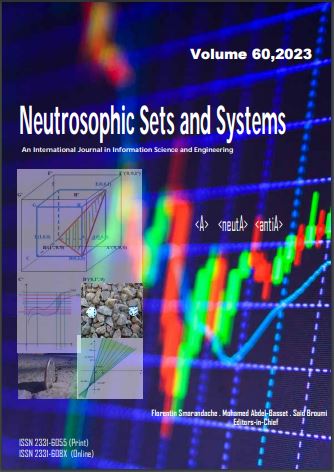Plithogenic Statistical Study of Environmental Audit and Corporate Social Responsibility in the Junín Region, Peru
Keywords:
Environmental audit, corporate social responsibility, environmental care, Concurrent Triangulation Design, plitho genic statistics, plithogenic refined statistics, plithogenic neutrosophic statistics, neutrosophic statisticsAbstract
Caring for the environment is a transversal task that concerns all professions, including accounting, with an emphasis
on auditing; on the other hand, corporate social responsibility seeks efficiency between environmental, social, and economic
aspects. This research aims to determine the relationship between environmental auditing and corporate social responsibility in
the Junín Region, Peru. To meet this objective, surveys were applied to a randomly selected sample (121 Chartered Public
Accountants) and interviews (12 Auditors attached to the Audit Chapter) as research instruments, the sample was obtained from
the members of the College of Public Accountants of Junín, which made it possible through the Concurrent Triangulation Design
to apply a holistic vision that allowed to compensate and strengthen the credibility of the investigation. To combine all these
statistical results, the Plithogenic Statistic was used as a tool for processing the collected data. One of the advantages offered by
the plithogenic theory is the possibility of combining knowledge from different sources, which allows us to capture the holistic
and dynamic nature of the phenomena. In this case, there is a phenomenon that responds to different branches of knowledge that
overlap in a complex way, such as the environmental and ecological aspect, with the economic-financial aspect, as well as the
social and educational aspect, which present contradictory components among themselves.
Downloads
Downloads
Published
Issue
Section
License
Copyright (c) 2023 Neutrosophic Sets and Systems

This work is licensed under a Creative Commons Attribution-NonCommercial-ShareAlike 4.0 International License.








